Yak leather
The leather of the yaks, an Asiatic highland bovine, is mainly used in the shoe and boot production, but also for horse saddles, belts and bags.
Of a total of about 15 million yaks worldwide, around 85% live in Tibet, China and Mongolia. The rest is spread over India, Bhutan, Nepal and Kyrgyzstan (as of 2007). These are kept as domestic animals. Another 50,000 wild-living yaks are in Tibet, which are under strict protection.
The former Tibetan nomads had been processing the skins traditionally into clothing, but into belts, lassos of for the boat manufacturing and many other things.
Traditional yack leather shoes and a duster from the tail of the Jack of the 18th century in Tibet.
Due to the adverse living conditions of the animals in Tibet (cold, wind, snow), yak leather is more dense in the fibre structur than typical cow leather. Therefore, yak leather requires only half of the thickness to achieve the same heat insulation and toughness of bovine leather. Nevertheless, the processing of yak leather is not easy, since the yak has extensive grease deposits in the depths of the skin which help the animal survive in the low temperatures of the Himalayas. However, this is a rather undesirable condition for the leather quality, since the skin becomes uneven and fibrous in deeper layers. This results in higher production costs, which is reflected in the fact that good yak leather is not a cheap leather.
Die Beschaffenheit der Haut ist auch Abhängig vom Geschlecht und Alter. Mit zunehmenden Alter (wie beim Rind) vergrößern sich die Fasern, die Haut wird dicker, grobfasriger und ungleichmäßiger.
Das Hauptexportland für Yakleder ist China; die Häute werden entweder aus Schlachthöfen oder durch direkten Ankauf bei den Nomaden gewonnen.
Die Haut eines Yaks ist ca. 2,5 bis 4 Quadratmeter groß. Eine Rinderhaut ist im Vergleich ca. 5 Quadratmeter groß.
Aus der Haut von Yaks entsteht ein charakteristisches,vernarbtes Leder
Schuh aus Yakleder. - Ein Yakledersessel kostet über 2.400 Euro (2009).
Video about leather of different animal species
Leather of different animal species - Exotic leather
Other exotic leather
- Alligator leather
- Alpaca fur
- Antelope leather
- Armadillo leather
- Bird leather
- Bull testicles
- Caiman leather
- Camel leather
- Carpincho leather
- Cat fur
- Chicken leather
- Crocodile leather
- Dog leather
- Donkey leather
- Elephant leather
- Fish leather: Eel, shark, salmon, moray eel, stingray and many others
- Frog leather - Toad leather
- Giraffe leather
- Hippo Leather
- Horsehide - Horse leather
- Kangaroo leather
- Llama Fur
- Lizard leather
- Ostrich leather
- Pangolin leather
- Peccary leather
- Rumen leather
- Sealskin leather
- Snakeskin
- Turtle skin
- Walrus leather
- Zebra hide







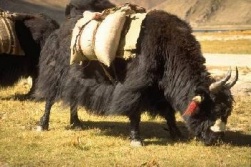
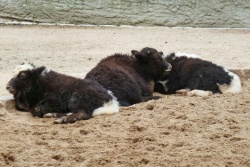
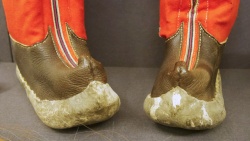
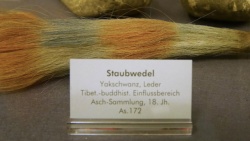
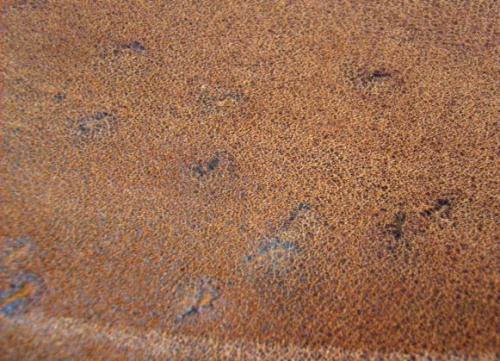
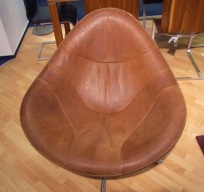

 a kotori web solution
a kotori web solution